Sugar versus UCAN
Go ahead and check the ingredients on your pre-workout energy drink, gel, or fuel source you use for marathon, triathlon, weight lifting training.
Do the ingredients read sugar cane, sucrose, fructose, dextrose, maltodextrin?
If so, you are ingesting high glycemic carbs and simple sugars.
When ingesting a pre-workout drink before your training or racing session, your body is most likely in a rested state. So, we were curious to see how the body responds in a rested state.
This project is not a scientific study, rather a story worth sharing from a 'sample size of one'. We realize a number of limitations with this story, however, as Richard P. Feyman once said “the first principle is that you must not fool yourself, and you’re the easiest person to fool".
To ensure we are not fooling ourselves, we realize there is a lot of information telling us what, how, why, and when we need to consume pre-workout energy sources before training and racing. To understand the basic science and provide plain language explanations, we hooked up Kevin at Smart Performance Nutrition with a continuous glucose monitor to see what the first 30-90 minutes look like when ingesting different sport endurance energy carbohydrate drinks.
Please note, Kevin was medically supervised throughout this testing.
Just so you have some background about how Kevin, our Sample Size of One, prepared. He fasted for 10 hours after dinner, and then in the morning consumed 50g of carbs from one energy source. The continuous glucose monitor he used was a Dexcom G5®, This device uses a small sensor measuring glucose levels just underneath the skin, while a transmitter fastened on the top of the sensor sends data to a wireless mobile device.

Kevin, our Sample Size of One, self-experimented with five popular sport drinks.
Kevin’s routine was to wake up at 530am and before 6am consume 50 grams of one carbohydrate energy product mixed with 350ml of water. Kevin then rested for two hours and observed his glucose levels with a Dexcom 5 continuous glucose monitor.
Each product was consumed once and at least 24 hours apart from one another.
Why 50 grams of carbohydrates?
Consuming 50 grams of carbohydrates is a standard clinical trial amount. We understand the quantity will vary for each person when training, and the recommendations from the sport energy companies will also be different recommended amounts.
What carbohydrates were contained in each product?

Here are the results shown in line graphs.

Observations:
- All sport drink products moved above 7.5 mmol/L and declined
- The drop in glucose levels from the insulin response varied from each product
- Peak glucose levels occurred approximately 60 minutes after consuming the product
What does this tell us?
These readings tell us Kevin’s glucose and insulin response for each sport energy carbohydrate product at rest. It’s important to note, these products may vary in response for person to person. There are a number of limitations to our Sample Size of One, however, this self-experiment provides a small snapshot about how Kevin’s body responds to each product.
What’s the difference?
UCAN SuperStarch had the lowest glucose response.
Why does this matter?
If the carb doesn’t significantly fluctuate or raise blood glucose or insulin, then metabolically, your body should be using a combination of energy sources of fat and carbs.



